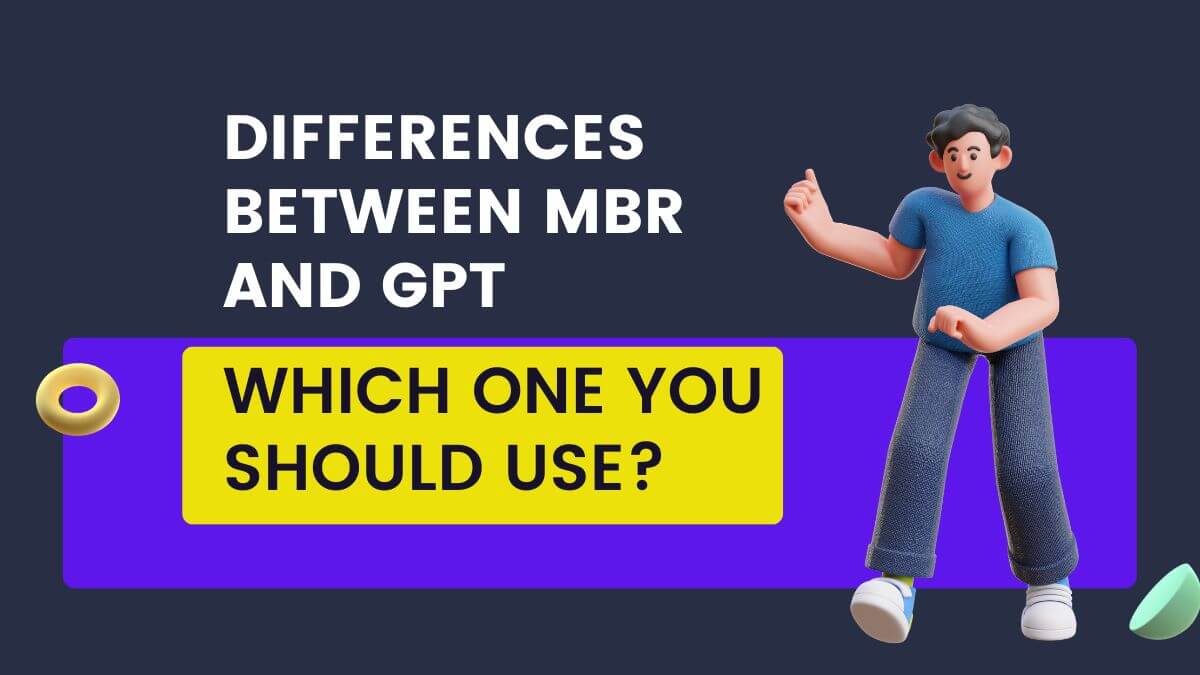5 Reasons Your PC Wi-Fi May Not Be Working
In today’s digitally connected world, a reliable Wi-Fi connection on your PC is crucial for work, entertainment, and staying in touch. However, experiencing Wi-Fi issues can be frustrating and disrupt your daily routine. If you’re having trouble connecting to Wi-Fi on your PC, don’t worry!
This article explores five common reasons behind the most common PC wi-fi issues and provides solutions to get you back online.
1. Out-of-Range or Weak Signal
The Problem: Your PC might be physically too far from your router, leading to a weak or unstable signal. Walls, thick objects, and interference from other electronic devices can further weaken the signal strength.
To fix the issue, try following:
- Move closer: Try bringing your PC closer to the router to improve signal strength. Ideally, aim for a direct line of sight between the two devices.
- Relocate the router: If possible, consider placing your router in a central location within your home and away from walls, metal objects, and other wireless devices.
- Invest in a Wi-Fi extender: This device amplifies the existing signal from your router, extending its reach and covering larger areas.
2. Incorrect Network Settings
The Problem: Sometimes, incorrect network settings on your PC can prevent it from connecting to Wi-Fi. These settings might include typos in the network name (SSID) or password, incorrect security type, or outdated network drivers.
Try these things to solve the problem:
- Double-check your credentials: Ensure you’re entering the correct Wi-Fi name and password, paying close attention to upper and lowercase letters.
- Verify network security: If your network uses WPA2 or WPA3 security, make sure your PC is configured for the same type.
- Update network drivers: Outdated drivers can lead to connectivity issues. Visit your computer manufacturer’s website or device manager to find and install the latest network drivers for your PC.
3. Software Issues
The Problem: Software glitches or outdated operating systems can sometimes cause Wi-Fi problems.
The Fix:
- Restart your PC: This simple step can often resolve temporary software issues that may be interfering with your Wi-Fi connection.
- Restart your router: Similarly, restarting your router can help clear any temporary memory issues impacting its functionality.
- Update your operating system: Ensure your PC’s operating system is up-to-date. These updates often include bug fixes and improvements that can address Wi-Fi connectivity issues.
4. Hardware Issues
The Problem: In rare cases, the problem might lie with your PC’s Wi-Fi adapter hardware. This could be due to a malfunctioning adapter, physical damage, or compatibility issues.
Possible Fixes:
- Use a USB Wi-Fi adapter: As a temporary solution, consider using a USB Wi-Fi adapter to connect to the network. This can help you determine if the issue lies with the internal adapter.
- Troubleshoot hardware: If the problem persists, consult your PC’s user manual or manufacturer’s website for troubleshooting steps specific to your device model. You might need to seek professional help for repair or replacement if the issue persists.
5. Internet Service Provider (ISP) Issues
The Problem: In some instances, the issue might not be with your PC or network configuration but with your internet service provider (ISP). If you’ve tried all the troubleshooting steps mentioned above and your PC still can’t connect to Wi-Fi, contact your ISP to report the issue. They can diagnose the problem on their end and help restore your internet connection.
Additional Tips
Change your Wi-Fi channel: If you live in a crowded neighbourhood with many Wi-Fi networks, consider changing your router’s channel to reduce interference. Consult your router’s user manual for instructions on accessing channel settings.
Disable VPN or antivirus software: Occasionally, VPNs or antivirus software can interfere with your Wi-Fi connection. Try temporarily disabling them to see if it resolves the issue.
Reset your router to factory settings: As a last resort, consider resetting your router to factory settings. This will erase all custom settings and passwords, so ensure you have backups before proceeding. Refer to your router’s manual for specific instructions.
Conclusion
By systematically going through these potential reasons and trying the suggested solutions, you should be able to diagnose and fix the most common Wi-Fi issues on your PC. Remember, if the problem persists, seeking help from your PC manufacturer or a qualified technician is always recommended.

